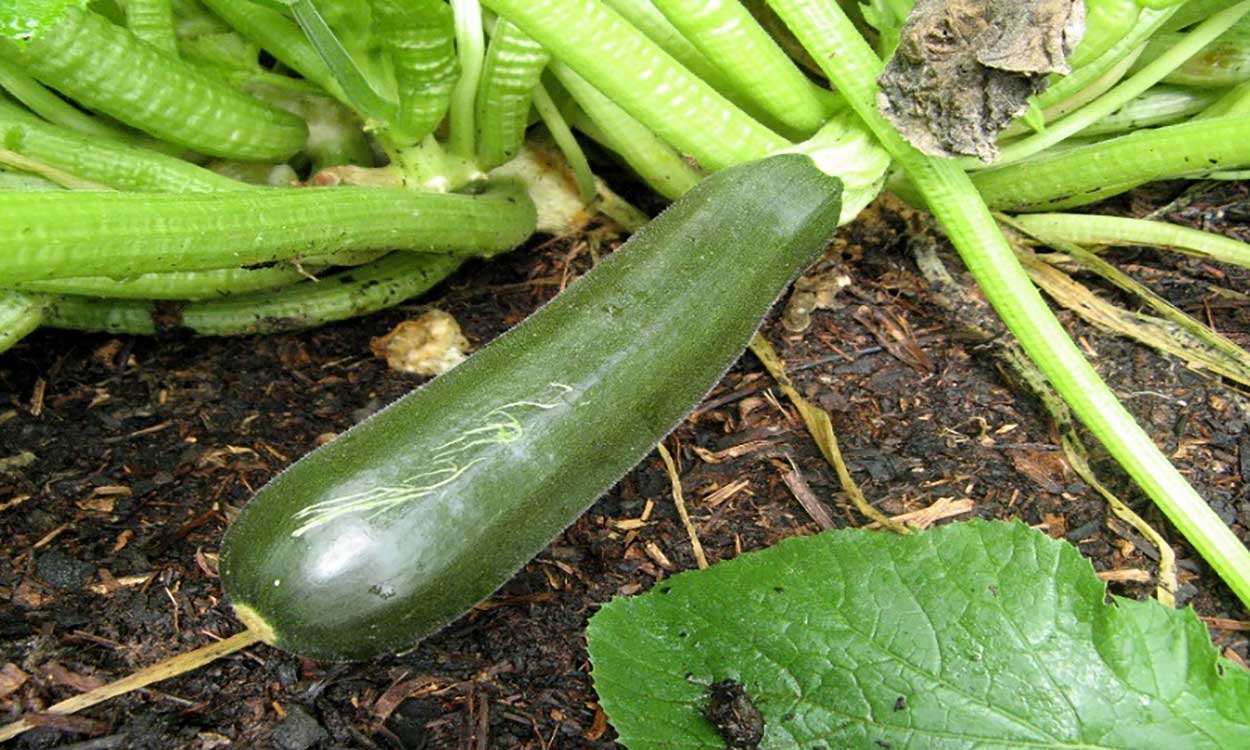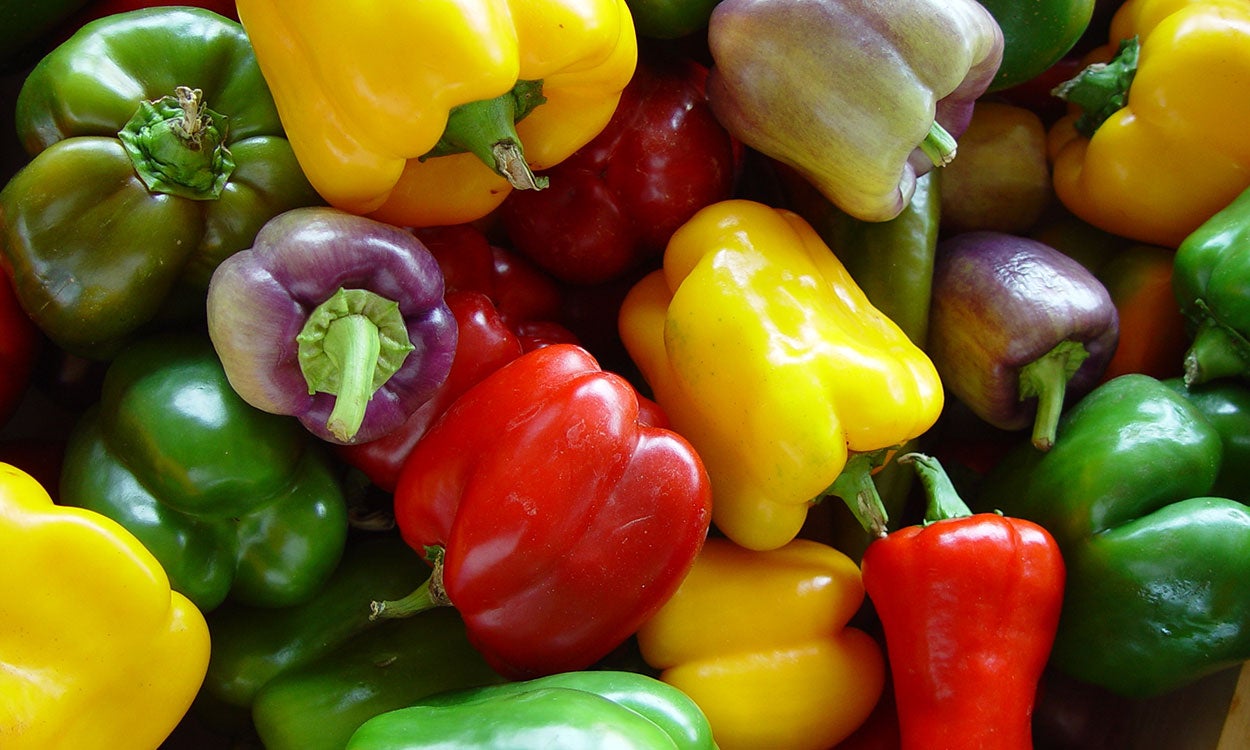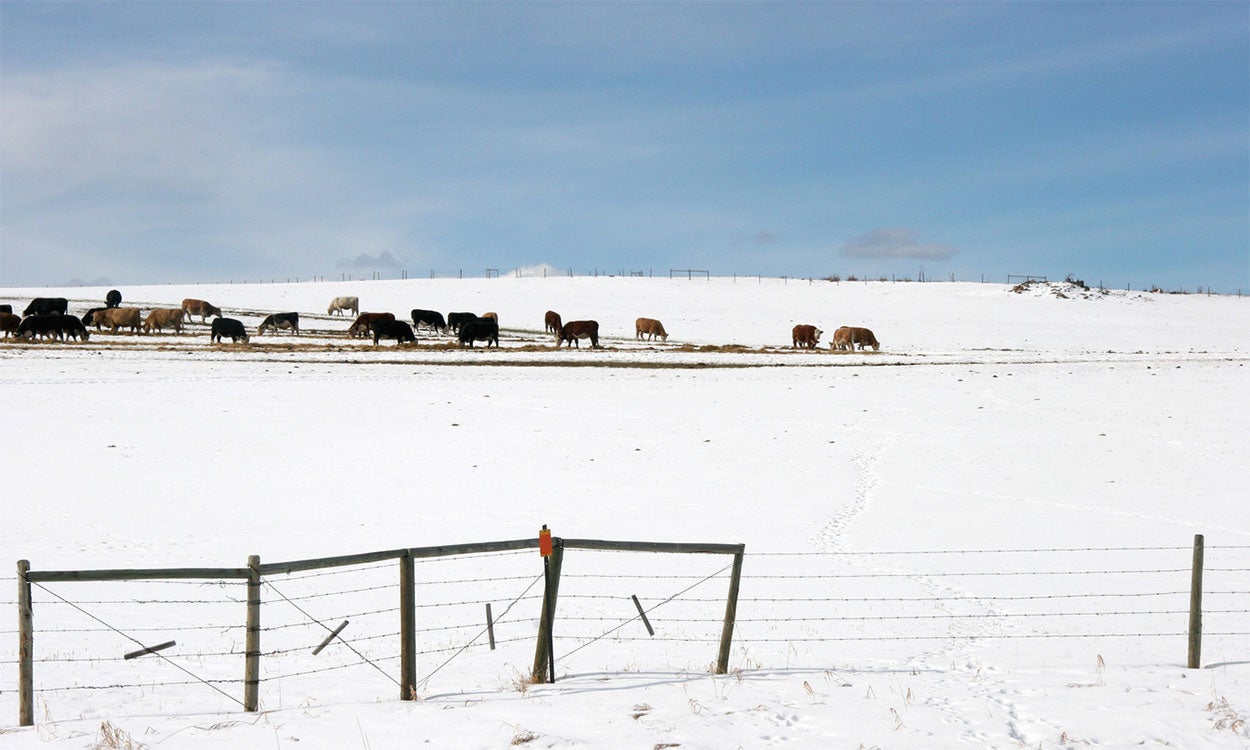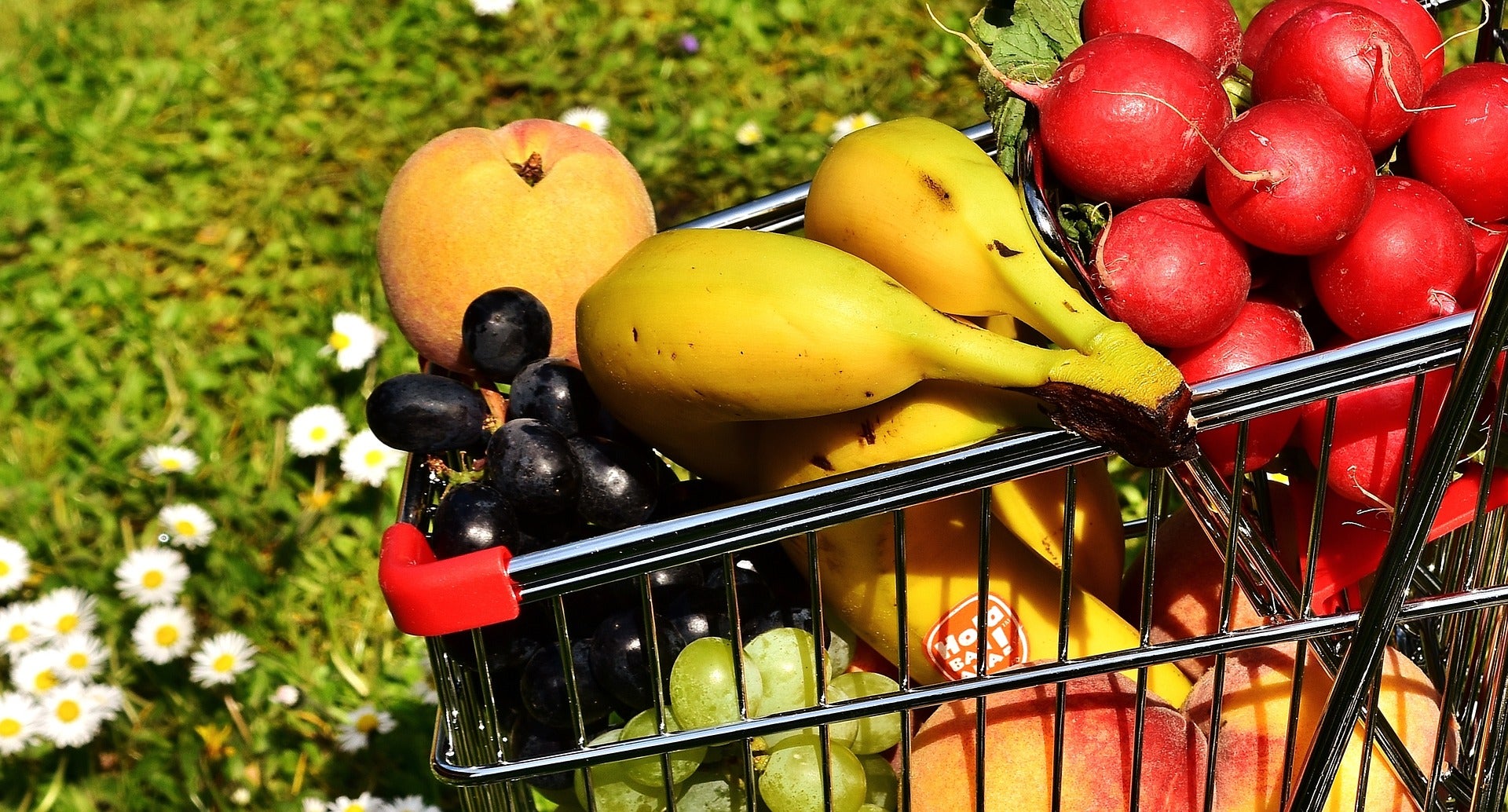Search

2023 USDA Plant Hardiness Zones
Winter and spring are a great time for planning new garden and landscape designs. Learn how recent updates to the USDA Plant Hardiness Zones may have South Dakota gardeners feeling extra adventurous when selecting new plants for their gardens this season!

Beets: How to Grow It
Beets are commonly grown for their bulbous roots, but their tops can also be harvested for greens, and they are an excellent source of Vitamin A as well as calcium. They grow best in the cooler temperatures of spring or fall.

Summer Squash: How to Grow It
There are many types of summer squash, including the familiar zucchini (which can be green, green-striped, or yellow), crookneck, straightneck, patty pan and more.

Peppers: How to Grow It
Peppers are heat-loving vegetables that require a long, frost-free season and full sun. Peppers can be sweet or hot, and range in color from green, yellow, orange, red and purple to brown.

Salad Greens: How to Grow It
Salad greens, grown for their leaves, are cool-season crops. Most salad greens can be planted very early in the spring, and many will germinate in soil temperatures as low as 40° Fahrenheit.

Discussing Food and Agriculture in South Dakota: A Guide for Community Leaders
Food production and farming are issues that operate at the complex pivot point of where ecology and nature meet the marketplace and political systems. The way agriculturalists and communities handle their resources, both individually, and collectively, depends on their collective vision for the future.

Winter Cow Supplementation and Cold Stress
Extreme winter weather makes it challenging to meet a cow’s nutrient requirements. With below-normal temperatures come challenges of ensuring adequate nutrition and protection for livestock, including being prepared to provide additional feed and shelter.

Supplementing Cows on Crop Residue
During winter, it is a common practice to have cows graze crop residue. This helps reduce the amount of forage needed to maintain a cow for part of the year, while reducing annual feed costs. However, cows may eventually need supplementation when grazing crop residues.

Updated Guidelines for Monitoring Colostrum Consumption and Antibody Transfer in Calves
Dairy and beef producers have long understood the importance of colostrum for the short- and long-term health of their calves. Calf health experts have determined the minimum level of serum protein to categorize a calf as having received sufficient colostrum.

SDSU Extension Partners with Grocers for Double Up Dakota Bucks
February 22, 2021
Some South Dakota grocery stores are now offering participants of the Supplemental Nutrition Assistance Program (SNAP) a chance to double up on fresh fruits and vegetables.